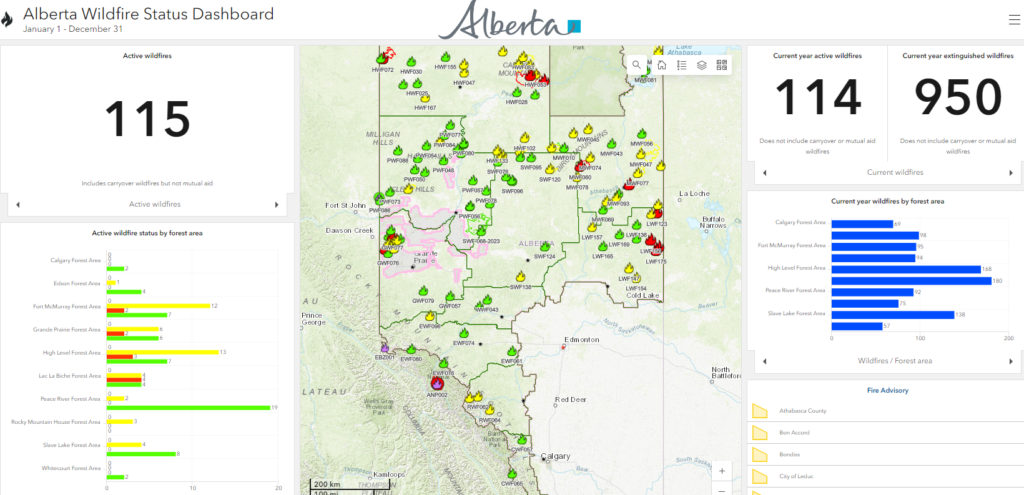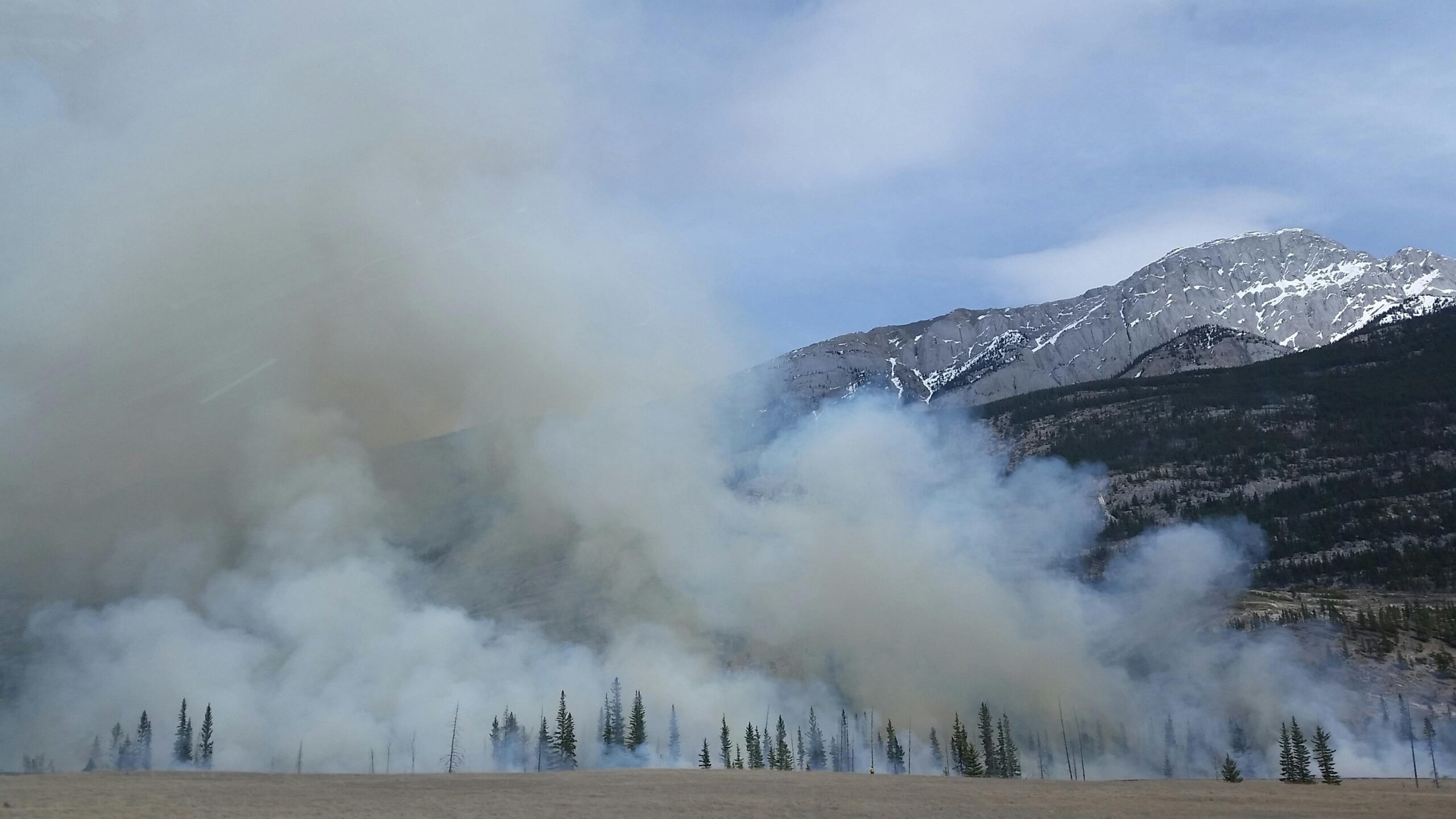In a joint update on Alberta’s ongoing wildfire crisis, Christie Tucker, Information Unit Manager with Alberta Wildfire, and Joe Zatylny, Deputy Managing Director of the Alberta Emergency Management Agency (AEMA), addressed the current state of wildfires in the province and the imminent re-entry of residents into the wildfire-impacted Jasper area. As the fires continue to challenge the province, the officials provided a detailed account of the current situation, the efforts being made to manage the crisis, and the upcoming steps for affected communities.
Alberta is currently grappling with 115 active wildfires, a number that underscores the severity of the situation in the forest protection areas. Of these, 11 fires are classified as “out of control,” 44 are being held, and 59 are under control. Tucker highlighted that a cold front moving through the province has increased the wildfire danger, particularly in the northwest regions.

“A warning remains in effect for areas where we are still seeing high to extreme wildfire danger,” Tucker stated. She added that while the province expects scattered showers and thunderstorms, these weather conditions could bring both relief and new challenges in managing the fires. The recent increase in wildfire activity in July has been unprecedented, with Tucker noting that the area burned was more than double the highest recorded since 1980.
The wildfire response has been bolstered by over 800 firefighters and support staff from various national and international agencies. These include personnel from the Yukon, Ontario, Quebec, Northwest Territories, New Brunswick, the Canadian Armed Forces, and countries such as Australia, New Zealand, Mexico, South Africa, and Costa Rica. This collaboration is crucial as Alberta’s own crews require rest and recuperation amidst the intense and prolonged firefighting efforts.
“Having this assistance from our national and international colleagues gives our crews a chance to rest and come back at work refreshed as we anticipate a slow return to seasonal conditions,” Tucker explained. As the situation stabilizes, many visiting firefighters will begin returning home, while Alberta’s teams continue the arduous task of extinguishing the remaining wildfires.
Zatylny provided updates on the re-entry plan for Jasper, which is still under an evacuation order. Starting this Friday, Jasper residents will be allowed to return to their homes and businesses to assess the damage and begin the recovery process. However, the re-entry comes with significant caveats and preparations, as the situation remains fluid.
“While we are all eager to see Jasper heal and thrive again soon, it’s important that we show compassion and empathy as our neighbors take stock and grieve their loss,” Zatylny urged. The re-entry plan emphasizes that only residential areas will be accessible initially, with trails, campgrounds, and day-use areas remaining closed. This is intended to give residents the space and time needed to assess their personal losses and begin the recovery process without the added pressure of tourism.
Zatylny outlined the challenges that returning residents might face. Those planning to return should review the re-entry guide provided by the municipality to prepare for potential hazards and challenges, including smoke and water damage, and the availability of utilities and essential services. Residents are advised to bring enough supplies to last for up to 72 hours, including food, drinking water, and medication.
“Re-entry will still depend on factors such as fire behavior and operational needs,” Zatylny noted, emphasizing the unpredictable nature of the wildfire situation. Although Highway 16 has reopened for traffic between 7:00 a.m. and 9:00 p.m. daily, Zatylny cautioned that closures or delays may still occur, and those returning should prepare for potential disruptions.
The restoration of critical infrastructure in Jasper is ongoing, with significant progress made in electricity, telecommunications, and natural gas services. However, work on severely impacted water and wastewater systems is still underway. Emergency services such as EMS, fire, police, and 911 dispatch have resumed, and non-emergency hospital operations are expected to gradually come back online.
To support the re-entry and recovery, the Alberta government, in collaboration with the municipality of Jasper and Parks Canada, has been developing a regional accommodations plan. This plan is aimed at providing temporary housing for those whose homes have been rendered uninhabitable. A housing needs assessment survey has been launched by the municipality, and all impacted residents, even those with homes still standing, are encouraged to participate to ensure their needs are met.
For residents unable to return to Jasper or remain after the re-entry, agreements are in place with reception centers across the province to continue providing services and accommodations until at least August 24th. Zatylny reassured displaced residents that they would not lose their accommodation on Friday and that the AEMA is working closely with local authorities to monitor ongoing needs.
As the province navigates this challenging period, the resilience and preparedness of its communities will be critical in overcoming the ongoing wildfire threats and rebuilding in the aftermath.

